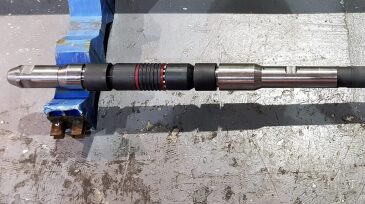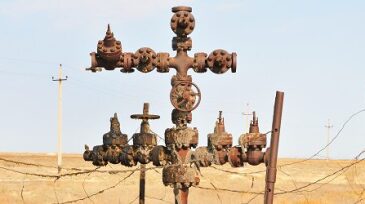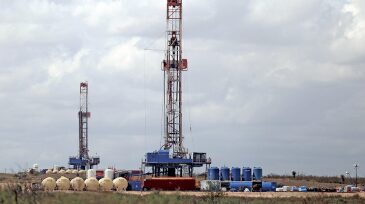plugging and abandonment
-
The US government has made more than $1 billion available to qualified states. The program is part of the recently passed infrastructure law.
-
The UK’s Net Zero Technology Centre looks to pave the way for new well P&A technologies to be tested, trialed, and brought to market quickly.
-
The impact of orphan wells, both on the environment and on tightening budgets, is a growing concern in the industry. Boom times result in a vast uptick in wells drilled. In bust times, when companies disappear, the liability outlook for these probes gets murky and federal and state governments start looking for answers.
-
Airborne drones with magnetometers have worked well in trials and are ready for more widespread use, potentially revealing thousands of previously unknown wells.
-
One of the last oil facilities in state waters on the path towards full decommissioning slated to begin in 2022.
-
The complete paper presents the results of an investigation into the creep behavior of North Sea shales and their ability to form effective annular barriers.
-
Final lab testing has been completed and field trials of the ultrahigh expansion bridge plug will begin by the end of this year.
-
The Alberta government has announced a new liability management framework aimed at expediting the cleanup of orphan and inactive well sites, signaling a more active approach to reclamation and management of those sites.
-
New research released by Columbia University's Center on Global Energy Policy and Resources for the Future estimates that a federal program to plug roughly half a million abandoned and so-called "orphaned" oil and gas wells could create as many as 120,000 jobs and reduce pollution.
-
The COVID-19 disaster and a catastrophic fall in oil prices could leave the state on the hook for billions in environmental cleanup costs if oil and gas companies go bankrupt during the health crisis, New Mexico's top land official says.










